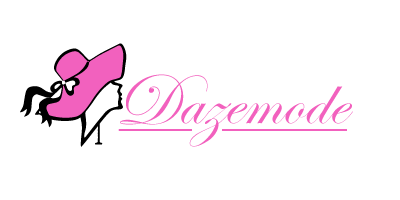Introduction
John had always been the casual type, preferring jeans and t-shirts over anything remotely formal. However, when invited to a high-profile corporate gala, he knew his attire would not cut it. Standing in front of a mirror at the department store, he felt overwhelmed by the array of suits, ties, and dress shoes. Determined to make a good impression, John decided to dive into the world of formal wear. Little did he know that mastering the art of dressing well would boost his confidence and open doors he never knew existed.
The Importance of Formal Wear
Formal wear is more than just a dress code; it is a statement. A well-tailored suit can convey confidence, competence, and respect in the professional world. According to a Social Psychological and Personality Science study, wearing formal attire can enhance abstract thinking and influence decision-making processes (Slepian et al., 2015). This phenomenon, often called “enclothed cognition,” suggests that what we wear can significantly impact how we perceive ourselves and others.
Components of Men’s Formal Wear
- The Suit
The foundation of any formal outfit is the suit. A well-fitted suit is essential, as it enhances your physique and ensures comfort. When choosing a suit, consider the fabric, fit, and color. Wool is a popular choice due to its durability and versatility. There are three main types of fit: slim, regular, and modern. A study by the NPD Group found that 42% of men prefer slim-fit suits, reflecting current fashion trends (NPD Group, 2019).
- Dress Shirt
A crisp, clean dress shirt is a must-have. White and light blue are versatile colors that can be paired with various suits and ties. According to Statista, dress shirts are the most purchased item in men’s formal wear, with 31% of men buying them regularly (Statista, 2020).
- Ties and Pocket Squares
Accessories like ties and pocket squares add personality to your outfit. The tie should complement the suit and shirt, and the pocket square should add a touch of elegance. Silk ties are a popular choice due to their sheen and smooth texture.
- Dress Shoes
The right pair of shoes can complete your look. Oxford and Derby shoes are classic options. According to the Bureau of Labor Statistics, men’s dress shoes accounted for 21% of the total footwear market in 2020 (BLS, 2021). Investing in quality leather shoes can enhance your outfit and provide lasting comfort.
- Accessories
Cufflinks, belts, and watches are subtle yet impactful accessories. A quality leather belt and a classic watch can elevate your formal attire. A survey by the NPD Group revealed that 35% of men consider watches a crucial part of their formal outfit (NPD Group, 2019).
Tips for Choosing the Right Formal Wear
- Understand Your Body Type: Choose suits and shirts that flatter your body shape. Tailoring is crucial for achieving the perfect fit.
- Stick to Classic Colors: Navy, black, and gray suits are timeless and versatile. They can be paired with a variety of shirts and ties.
- Invest in Quality: High-quality fabrics and craftsmanship significantly affect appearance and durability.
- Pay Attention to Details: Ensure your tie is the correct length, your shoes are polished, and your shirt is pressed.
The Psychological Impact of Dressing Well
Dressing well can have profound psychological effects. A study by the Journal of Experimental Social Psychology found that participants who wore formal attire performed better in cognitive tests and negotiations (Yap et al., 2014). This suggests that formal wear can enhance mental function and social interactions.
The Evolution of Men’s Formal Wear
Formal dress man wear has evolved significantly over the years. In the early 20th century, formal attire was rigid and conservative, with black tailcoats and top hats being the norm. However, post-World War II shifted towards more relaxed and versatile styles. The 21st century has embraced a blend of classic and contemporary designs, with slim-fit suits and creative accessories becoming mainstream.
Sustainability in Formal Wear
Sustainability is becoming a crucial factor in the fashion industry. Brands are now focusing on eco-friendly materials and ethical production processes. According to a report by McKinsey & Company, 67% of consumers consider sustainability when purchasing apparel (McKinsey & Company, 2020). Opting for brands prioritizing sustainable practices can contribute to a healthier planet and a clearer conscience.
Conclusion
John’s journey into the world of formal wear transformed his appearance and outlook on life. By understanding the components of formal attire and the importance of fit and quality, he made informed choices that enhanced his confidence and professionalism. For any man looking to make a lasting impression, investing in the proper formal wear is a step towards success.
